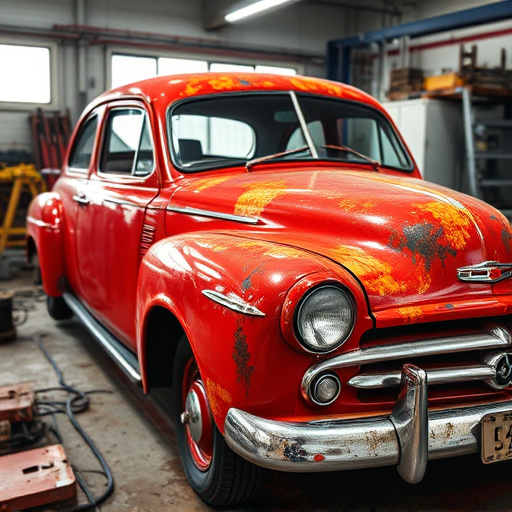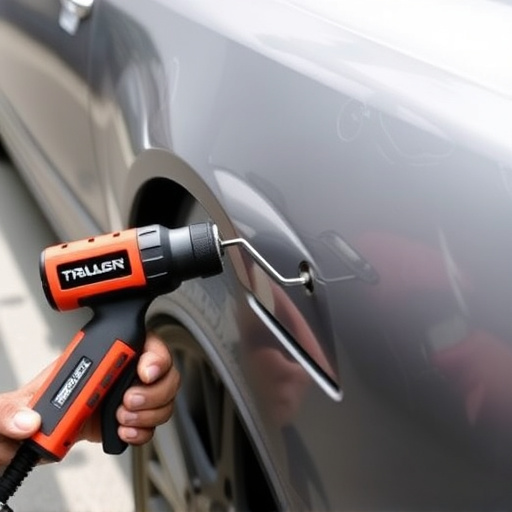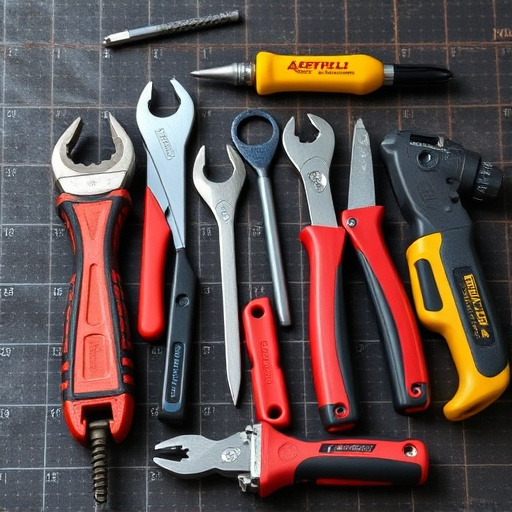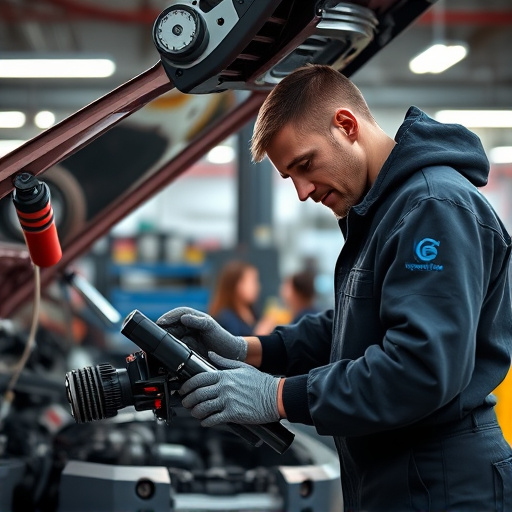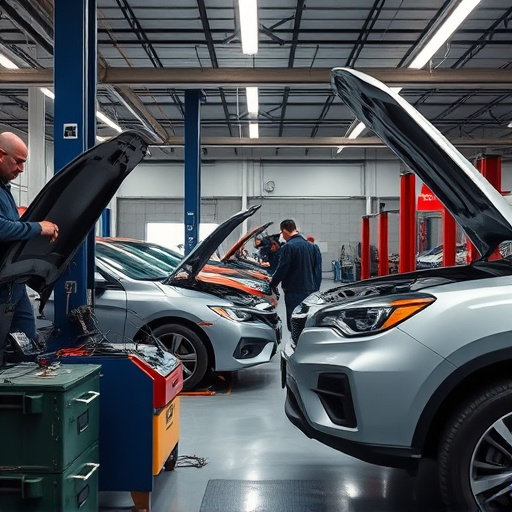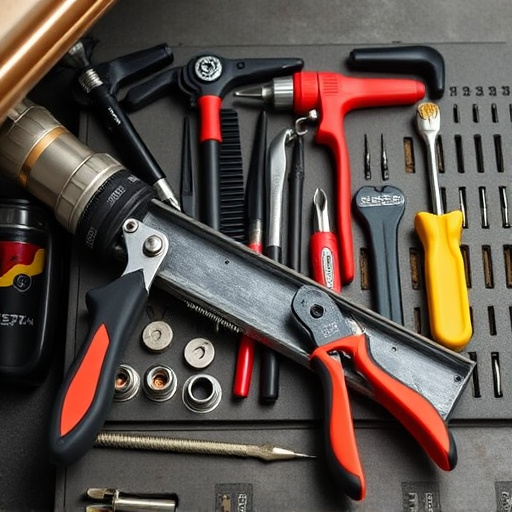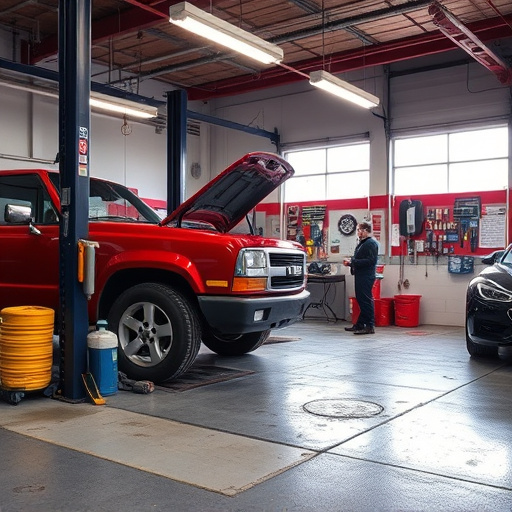Gaps in training and lack of awareness lead to inconsistent use of technician safety equipment. Regular hands-on training sessions in workshops can improve understanding and foster a culture of safety. Logistical challenges can be addressed through efficient inventory management and designated storage. Building a safety-focused culture, with incentives for compliance, regular leadership reminders, and integrated workflows, ensures technician safety equipment is used consistently.
In the realm of technical maintenance, ensuring consistent use of safety equipment by technicians is paramount for accident prevention and workplace harmony. However, challenges such as gaps in training, logistical barriers, and lack of adherence pose significant threats to overall safety. This article delves into these obstacles, offering insights on identifying and addressing them through targeted initiatives. We explore strategies like enhanced training programs, streamlined logistics, and incentive-based cultures to encourage the consistent use of technician safety equipment, fostering a safer work environment.
- Identifying Gaps in Training and Awareness
- Overcoming Logistical Barriers to Compliance
- Encouraging Adherence Through Incentives and Culture
Identifying Gaps in Training and Awareness
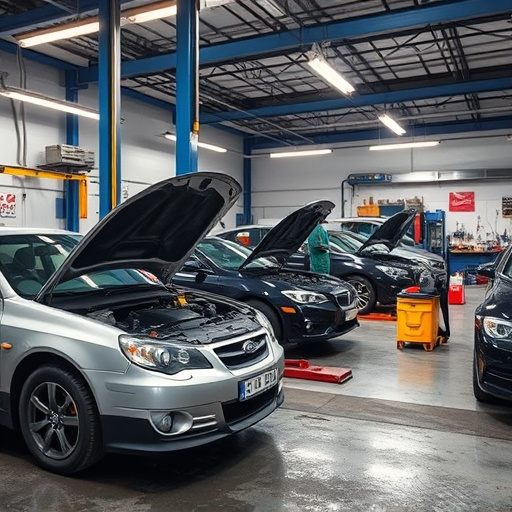
One of the primary challenges in ensuring consistent use of technician safety equipment lies in identifying gaps within training programs. Many technicians, especially those new to the automotive repair or car restoration industry, may not fully comprehend the importance and proper utilization of these safety tools. This knowledge gap can lead to inconsistent practices, as some technicians might skip certain protective gear assuming it’s unnecessary for their specific tasks, while others may overdo it, finding the equipment cumbersome.
In a bustling vehicle body shop, where time is of the essence, adequate training sessions should be conducted regularly to bridge these informational gaps. Educating technicians about potential hazards and demonstrating the correct use of safety equipment can significantly improve adherence to safety protocols. Incorporating practical demonstrations and hands-on training during workshops or orientation programs can help create a culture of safety awareness, ensuring that every technician is equipped with the knowledge to make informed decisions regarding their protection while working on vehicles, whether it’s an automotive repair or intricate car restoration project.
Overcoming Logistical Barriers to Compliance
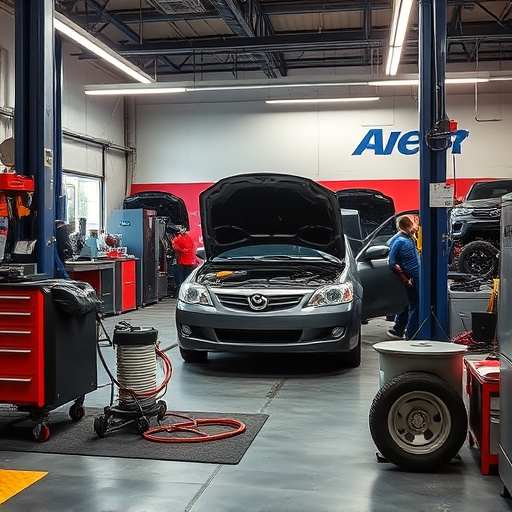
Ensuring consistent use of technician safety equipment is often hindered by logistical barriers within workshops and service centers. These include storage issues, where equipment may be scattered or difficult to access, leading to delays in retrieval during urgent situations. Additionally, maintaining inventory can be a challenge, as technicians might misplace items or forget to restock after usage, causing shortages when most needed.
To overcome these barriers, workshops should implement efficient inventory management systems and designated storage areas for each type of safety equipment. Regular audits and reminders can encourage consistent use. Integrating safety equipment into daily routines, such as including it in standard operating procedures for tasks like auto maintenance or automotive restoration, car scratch repair, can help reduce the risk of overlooking their importance.
Encouraging Adherence Through Incentives and Culture
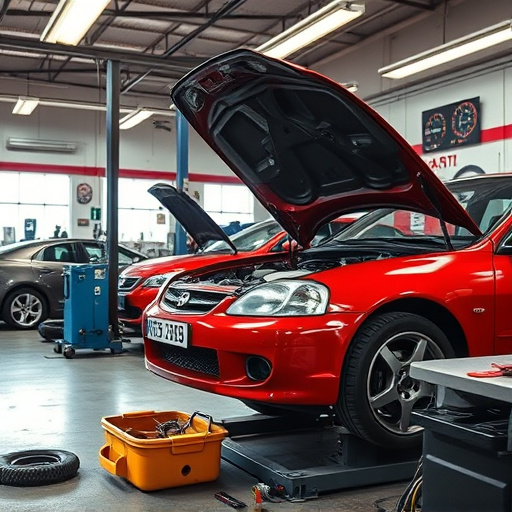
Encouraging adherence to the consistent use of technician safety equipment is a multifaceted challenge that extends beyond mere policy enforcement. Creating a culture where safety is prioritized and seen as integral to the auto repair process can significantly enhance compliance. This involves fostering an environment where technicians are not just encouraged but incentivized to prioritize their own safety and that of their colleagues.
In a Mercedes-Benz collision repair or any auto painting shop, this could be achieved through performance-based incentives tied to safety metrics. For instance, rewarding teams or individuals with recognition or bonuses for consistently achieving high safety adherence rates can motivate technicians to maintain rigorous standards. Moreover, integrating safety into the daily workflow and communication channels, ensuring managers lead by example, and regularly conducting safety training sessions can further reinforce a culture that values technician safety equipment as a non-negotiable part of every auto repair job.
Ensuring consistent use of technician safety equipment poses challenges, but these can be overcome through targeted efforts. By identifying gaps in training and awareness, navigating logistical barriers, and fostering a culture that encourages adherence, organizations can create an environment where safety becomes second nature for technicians. This holistic approach not only enhances job performance but also mitigates risks, ultimately contributing to a safer work environment for all involved.



